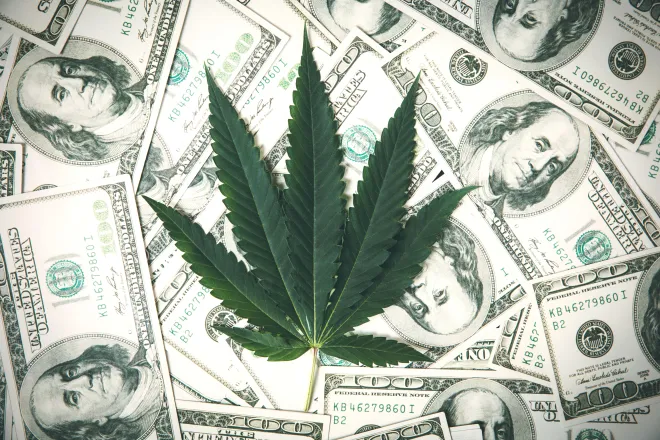
Curious Kids: Why do people and animals need to breathe?

Christina S. Baer, Binghamton University, State University of New York

Curious Kids is a series for children of all ages. If you have a question you’d like an expert to answer, send it to curiouskidsus@theconversation.com.
Why do humans and animals have to breathe? – Tennessee, age 7, Hartford, Kentucky
You need to breathe for the same reason you need to eat: It helps you make the energy your body requires.
You probably already know that food is fuel for your body. When you eat, food gets broken down in your stomach and enters your bloodstream.

From there, it gets delivered to your cells. Inside your cells are even tinier structures called mitochondria, which are the engines that power your entire body. Your mitochondria use the nutrients from food as fuel. But to turn it into energy, they need one more ingredient – oxygen.
I am a biologist who studies animals and plants. All living things need oxygen, except for some bacteria and a few tiny animals that don’t. You might be surprised to learn how many ways there are to get oxygen – breathing is only one of them.
Lungs and their linings
When you breathe in, your lungs temporarily trap oxygen, allowing it to pass through very thin surfaces in your lungs into your bloodstream.

Because you need a lot of oxygen, your lungs need a lot of surface area to do their job. They achieve this by having millions of little air sacs lined with tiny blood vessels called capillaries.
If you could somehow flatten out all the capillary surface area in your lungs, it would more than cover the floor of an average classroom – around 1,350 square feet (125 square meters).
Getting enough oxygen
If breathing is kind of like eating, why can’t you just take three breaths a day?
One reason is that air on Earth is only 21% oxygen – the rest is mostly nitrogen. That means you need to take five breaths just to get the equivalent of one complete lungful of oxygen.
Also, when you take a breath, only some of the oxygen makes it into your bloodstream. Even though people and many animals make specialized proteins to grab and carry oxygen, there’s a limit to how much they can hold at once. To keep your body’s oxygen levels high enough to power all your cells, you need to keep breathing.
Of course, once you breathe in, you also have to breathe out. The gas you breathe out is called carbon dioxide. You can think of it as the exhaust from your mitochondria engines, the leftovers once the mitochondria burn oxygen and nutrients to release energy.
Other animals and plants
Most living things get oxygen without lungs.
Many aquatic animals use gills, which are sort of like lungs turned inside out. Instead of a bunch of capillaries wrapped around air sacs, gills are a bunch of capillaries sticking out into the water. Just like in your lungs, the blood vessels take in oxygen from the water and release carbon dioxide.
Insects take in oxygen through a network of little air tubes just under their skin, sort of like the chimneys of a building. This system works because insects are small, so the tubes are already close enough to their cells to give them oxygen. When large insects need extra energy, they pump air through the tubes with their muscles.

Plants have little holes in their leaves called stomata. They open and close to let in air when plants need it. Plant roots need oxygen, too, which they usually get from the soil.
You may have heard that plants are the opposite of people: They breathe in carbon dioxide and breathe out oxygen. That’s true because carbon dioxide is a crucial ingredient in photosynthesis – the process plants use to make their own sugar fuel – and oxygen is a byproduct. But plants’ mitochondria also need oxygen to make energy, just like yours do.
Even though most animals and plants don’t breathe in and out the way people do, they all have ways of getting enough oxygen. Learning how organisms solve the same problem in different ways is one of my favorite things about biology.
Hello, curious kids! Do you have a question you’d like an expert to answer? Ask an adult to send your question to CuriousKidsUS@theconversation.com. Please tell us your name, age and the city where you live.
And since curiosity has no age limit – adults, let us know what you’re wondering, too. We won’t be able to answer every question, but we will do our best.![]()
Christina S. Baer, Assistant Professor of Biological Sciences, Binghamton University, State University of New York
This article is republished from The Conversation under a Creative Commons license. Read the original article.

